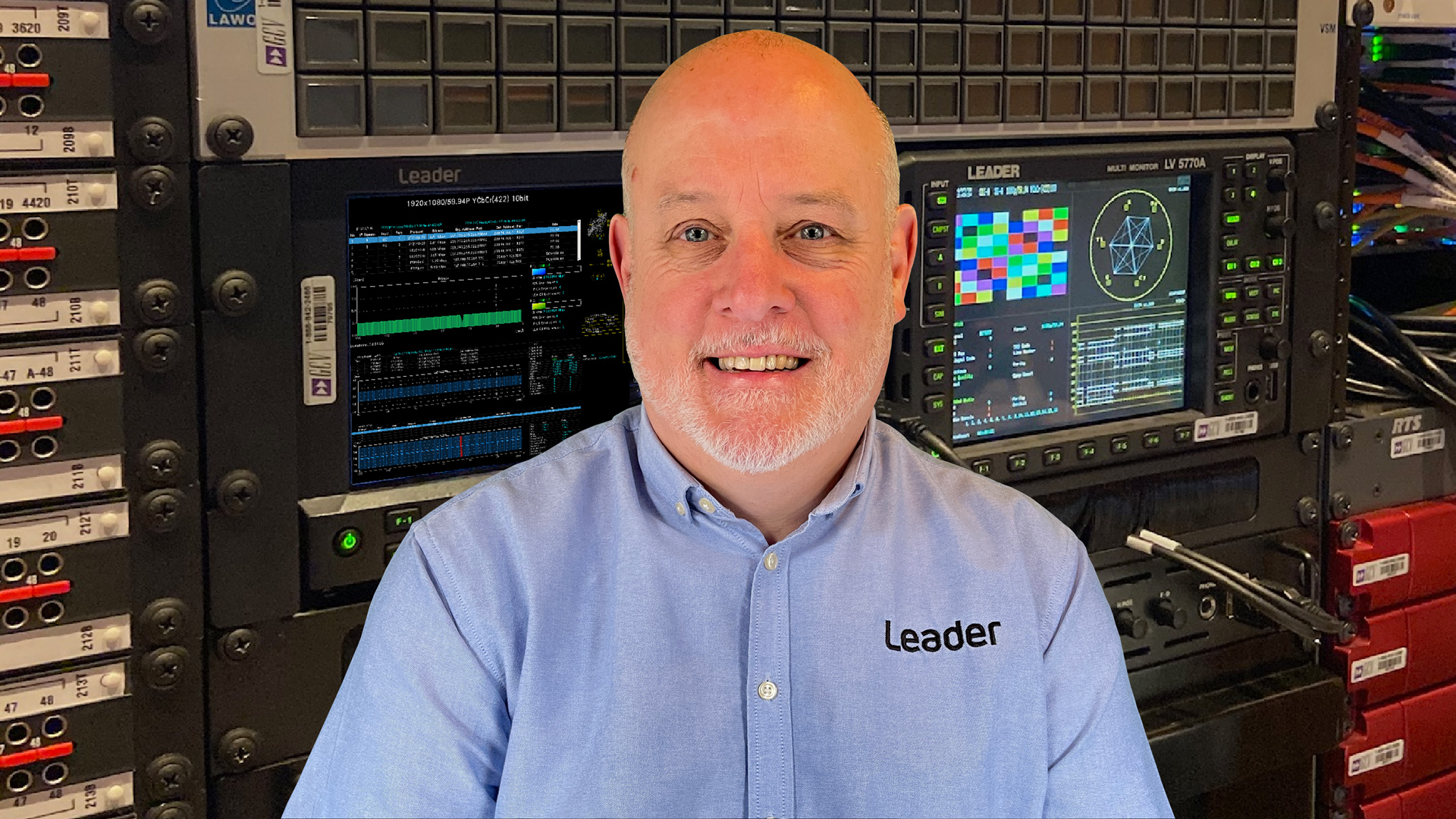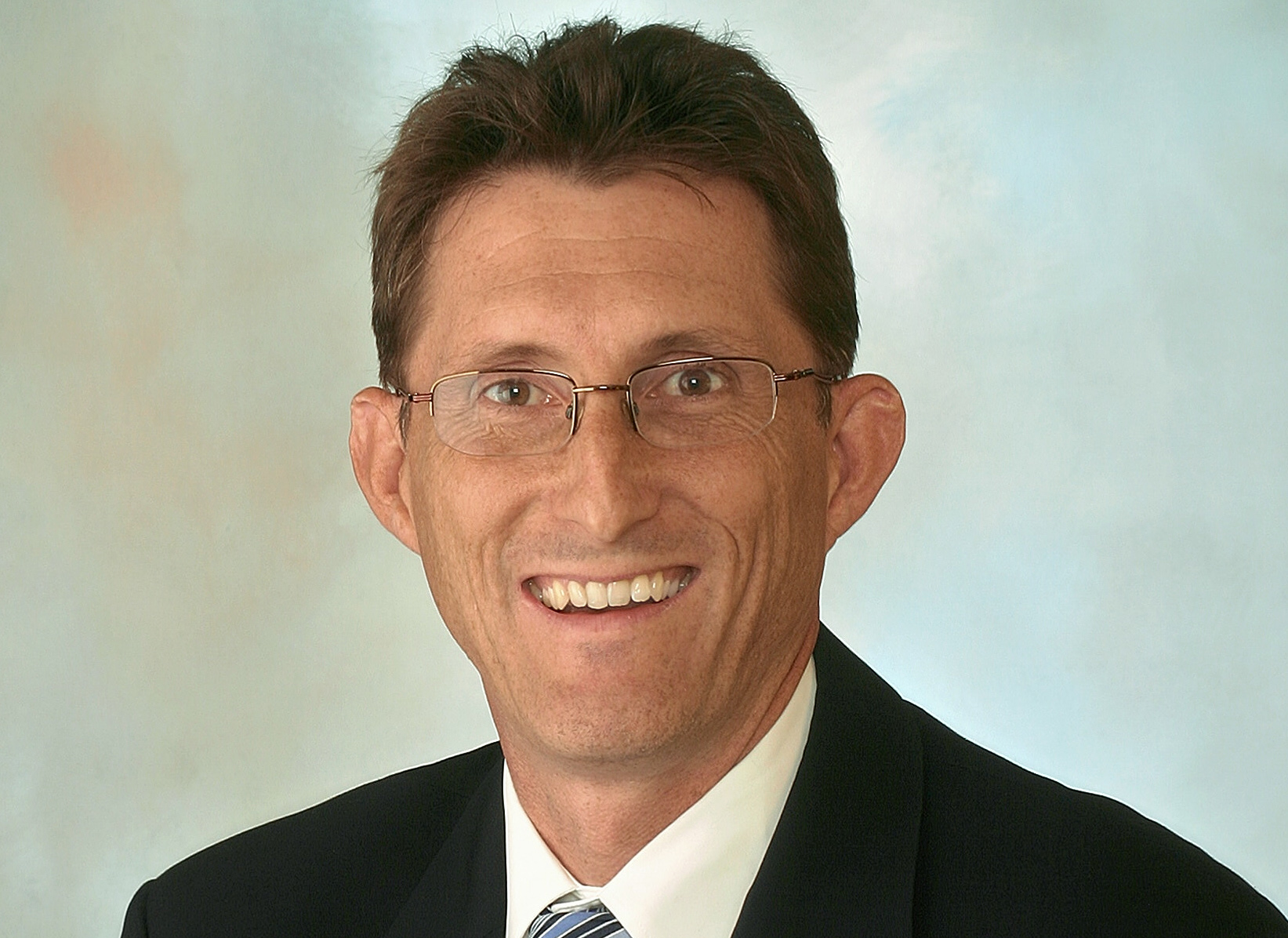Test Equipment Vendors Expand Capabilities to Address IP, ATSC 3.0
Maintaining a robust and optimized stream is more important than ever

ONTARIO—As the world of video content delivery has expanded from broadcast and cable into OTT and mobile streaming, so too has the need for advanced test & measurement equipment to keep these content streams optimized and robust.
Here are some of the trends driving T&M equipment development today and into the future.
IP is Key
With IP becoming more dominant in production and distribution, vendors have had to respond to this trend by supporting IP-based content management through every aspect of the media supply chain.
For example, “on set production, post-production and distribution centres now need test and measurement products that can support the analysis and monitoring of these advanced standards,” said Kevin Salvidge, European regional development manager for Leader. “Rapid growth in the migration of outside broadcast truck and production facilities from SDI video to IP is also evident, based on the SMPTE ST 2110 suite of standards. IP analysis and monitoring are completely different from traditional SDI analysis.”
Advanced T&M equipment is also in high demand for ATSC 3.0 transmission facilities, but this demand comes with a catch: These T&M equipment also has to analyse existing ATSC 1.0 plants that are paying broadcasters’ bills (see related coverage, p. XX).
“Ultimately, broadcasters need to ensure that both their ATSC 1.0 and ATSC 3.0 services are delivered with pristine quality,” said Ralph Bachofen, vice president of sales and marketing for Triveni Digital. “Having a solution that supports both ATSC 1.0 and ATSC 3.0 is key to complying with the FCC mandate to broadcast both standards during the transition.”
Finally, there is the need to optimize OTT video quality, which uses a data-centric IP architecture that was never designed to support continuous video. Fortunately, today’s T&M equipment has matured to support wide-scale video streaming, according Matthew Driscoll, director of product management for OTT monitoring & service correlation for Telestream.
Get the TV Tech Newsletter
The professional video industry's #1 source for news, trends and product and tech information. Sign up below.
But there’s still more change to keep up with: “In the live uncompressed video space, most of the content workflow is moving from SDI to IP based transport,” Driscoll said. “This shift is mainly due to the large cost-saving opportunities enabled by IP-based facilities.”

Even with this migration to IP, it’s clear that SDI will remain viable for many years. “Since SDI is not going away anytime soon, it’s critical to supply hybrid test and measurement equipment that supports both SDI and IP video workflows equally well," added Driscoll.
With all this technological evolution is occurring, broadcast/OTT engineers need effective T&M equipment more than ever before. “They now have many different requirements as their systems fragment," said Prinyar Boon, product manager for Phabrix. "This means that there is no one-size-fits-all solution possible. To address this, we've developed a range of equipment that can address these different applications—but they all have a common look and feel for operators and API for automation."
New and Different Tasks
The move to IP-based infrastructures has generated a new set of test and measurement parameters for broadcast engineers. To do their jobs today, they have to use a range of IP physical layer T&M tools to manage digital elements such as Transport Format, IP Source and Destination Addresses, Packet Interval Arrival Time, Packet Loss, Packet Delay, RTP (Real-Time Transport Protocol) Alignment, and PTP (Precision Time Protocol) Offset and Delay.
The deployment of High Dynamic Range has also expanded the number of T&M parameters, with new requirements to be managed such as MaxFALL (Maximum Frame Average Light Level) and MaxCLL(Maximum Content Light Level).
Add to that “multiple transfer characteristics including Hybrid Log Gamma (HLG), Perceptual Quantizer (PQ) and manufacturer-specific characteristics like S-Log3 (Sony), C-Log (Canon) and Log-C (Arri), along with increased luminance levels that significantly exceed the 100 nits to which traditional broadcast images have been mastered,” said Salvidge, and there’s no doubt that yesterday’s T&M equipment was never designed for this job.
Monitoring the Network
The move to IP video is just one trend being addressed by T&M equipment manufacturers on behalf of their clients. “As new technologies emerge, such as ATSC 3.0, there are additional intricacies that broadcasters have to manage,” Bachofen said. “Our goal is to continue making quality service assurance solutions that are easy to use and that simplify the delivery of NextGen TV applications.”

Meanwhile, the trend to either centralize or regionalize TV station groups is also driving T&M equipment innovation. In response, “we are implementing video quality assurance solutions that provide a good view of the entire network, not of just one monitoring point of the infrastructure,” said Bachofen. “By monitoring all of the demarcation points in the network, broadcasters can more quickly pinpoint what the issue is, and where it is happening, to ensure an exceptional quality of service for their viewers.”
The Herculean task of constantly monitoring numerous program streams is also being automated. In the past, keeping an eye on signal and picture quality was a human engineer’s duty—but that was when each TV station only had one real-time broadcast feed to contend with.
“As competition between services has increased by new market entrants and a shift in how viewers consume video, test and measurement has become critical to monitoring and responding to user experience issues,” said Driscoll. As a result, performance metrics previously only used by operations and engineering teams are now reviewed by top TV executives, including those in the newly-minted position of “Chief Experience Officer.”
“Test and measurement is now a critical path to customer satisfaction, maintaining viewership and retaining subscribers in an era of near zero switching costs and increasing product substitutes,” Driscoll added.
Future Trends
T&M equipment has evolved from standalone physical devices of exclusive interest to TV engineers to sophisticated IP-based solutions that command the attention of top management.
As for future trends? “Test and measurement will evolve hand-in-hand with the services we monitor,” predicted Driscoll. This evolution includes “an increase, and eventually an acceleration, of organizations shifting service to cloud workflows.”
"We are transitioning from a hardware SDI-centric to a software IP network-centric world," observed Boon. "This trend will continue for many years."
T&M will also play a key role in assuring a stable, financially viable transition to ATSC 3.0, according to Bachofen’s own forecast. “The more ATSC 3.0 services are deployed, the more ad revenues will flow,” he said. “During this stage it is very important to have 24/7 monitoring solution with network-wide capabilities to make sure ads are being delivered correctly.”
Finally, T&M equipment will keep pace with the deployment of higher resolution video by broadcasters and OTT providers. “The Leader LVB440 IP analyser is already capable of supporting 8K resolution,” said Salvidge. “With SMPTE expected to publish new 2110 standards in due course, the broadcast test and measurement landscape is guaranteed to continue to change.”
James Careless is an award-winning journalist who has written for TV Technology since the 1990s. He has covered HDTV from the days of the six competing HDTV formats that led to the 1993 Grand Alliance, and onwards through ATSC 3.0 and OTT. He also writes for Radio World, along with other publications in aerospace, defense, public safety, streaming media, plus the amusement park industry for something different.

